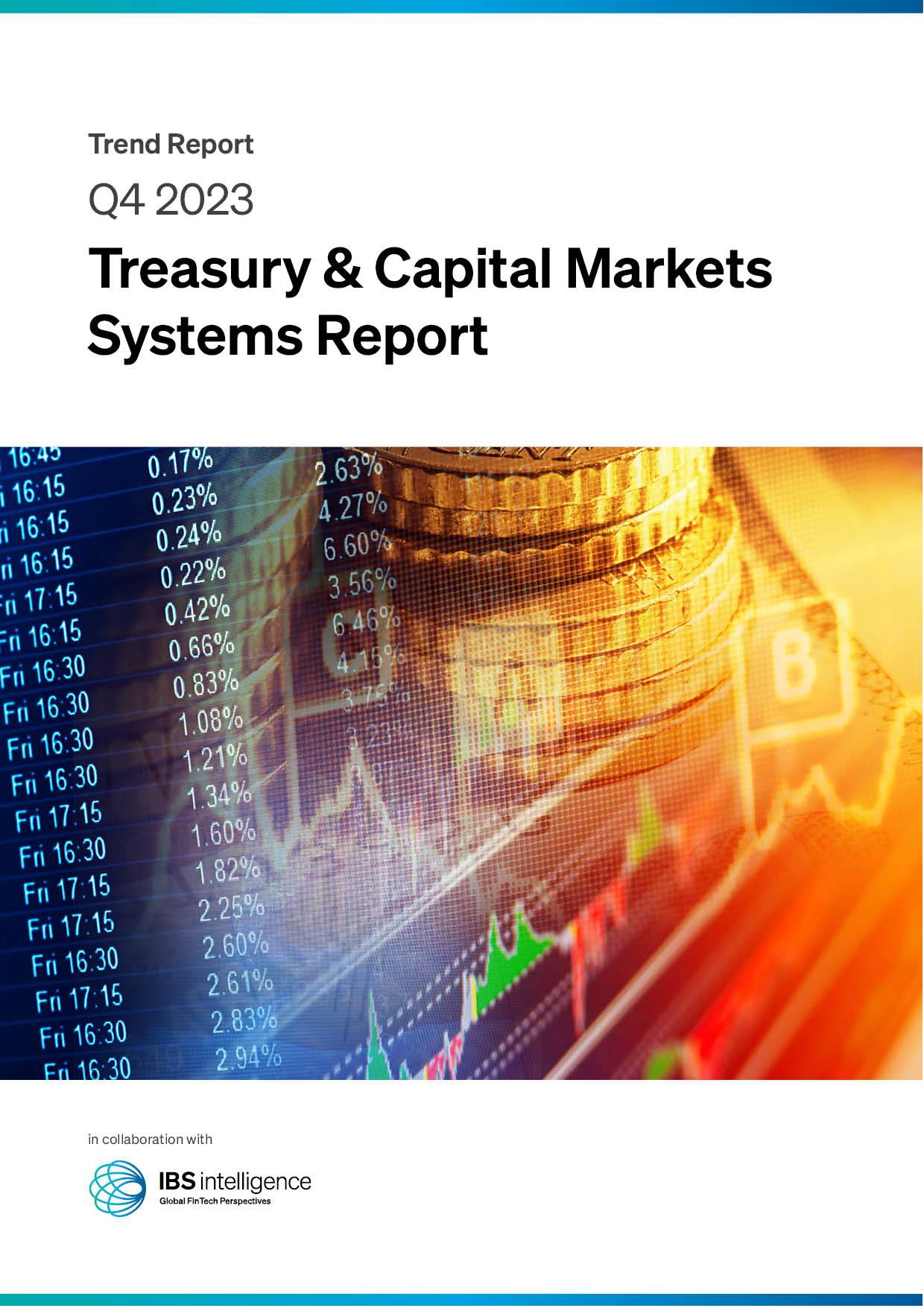 Back
Back
Top 4 trends in cybersecurity to watch out for in 2021
By Pavithra R
 COVID-19 pandemic has dramatically changed the way people work and engage with their finances. Financial institutions and other organizations are rushing to expand security services to match the new way of life. With employees now at home, and with the increasing consumer reliance on mobile-first and expanded vendor pool to meet changing market demands, cybercriminals’ attack surface has now become decentralized.
COVID-19 pandemic has dramatically changed the way people work and engage with their finances. Financial institutions and other organizations are rushing to expand security services to match the new way of life. With employees now at home, and with the increasing consumer reliance on mobile-first and expanded vendor pool to meet changing market demands, cybercriminals’ attack surface has now become decentralized.
Fiserv, a leading global provider of financial services technology solutions, has outlined four key 2021 trends to watch in Cybersecurity. The key trends pointed out are:
1. Reassessing Security Strategies
In 2020, FIs had to move people to remote work-life without necessarily considering the overall security strategy. They made quick decisions to keep the business working, and they did it all in the first few months of the pandemic.
Organizations and FIs will now start to reassess their security to understand where everything now lives in their ecosystems from a data and user perspective. A proper evaluation of – if their remote workers have access to the correct authentication solutions is to be performed. More organizations will also take a zero-trust approach to security.
2. Scrutinizing Supply-Chain Risk
Attackers are continuosly looking for weaknesses in vendors, third parties and the supply chain, in hopes of getting to the target. Organizations are becoming more integrated with third-party vendors. However, active threats are emanating from many vendors as attackers attempt to use them as launch points for targeted security breaches. Increasingly organizations are trying to understand what their vendor ecosystem looks like, how that interacts with their day-to-day business and what types of threats vendors pose. Mitigating these kinds of threats are now the main priority.
3. Adopting Cloud Services
As users and data spread out and data crosses into the vendor ecosystem, security teams seek ways to protect this expanded attack surface. They are looking to get control over where data lives and how users interact with it. Attaining this control is going to be a top priority this year.
One way to do that and mitigate risk is through the continued adoption of cloud services. As capabilities expand within different types of solutions, organizations will look to the cloud and adopt cloud-based security solutions that solve for broader attack surface. Cloud services will also help consolidate tools and solutions that were not necessarily meant to work together.
4. Digital Asset Protection
The risk around digital footprints has risen significantly with the onset of COVID-19. Although this is was happening before the pandemic, the mobile-first explosion since the pandemic’s onset showed criminals areas that are ripe for fraud. Threat actors will target low-hanging fruit within client environments. Often, this includes digital brand platforms, such as social media and mobile banking apps, that can be overlooked when it comes to security.
Look for organizations to start spending more of their resources and time making sure their trademarks, logos and names are not on fake websites used for credential harvesting. They will want to make sure no one posts apps that look like their organization to draw personal consumer data.
Also read: US Financial Services Technology Market Report
IBSi Daily News Analysis

January 16, 2024
America
Egypt among top remittance recipient countries in 2023: World Bank
Read MoreIBSi FinTech Journal
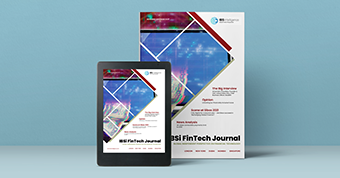
- Most trusted FinTech journal since 1991
- Digital monthly issue
- 60+ pages of research, analysis, interviews, opinions, and rankings
- Global coverage
Other Related News
Related Reports
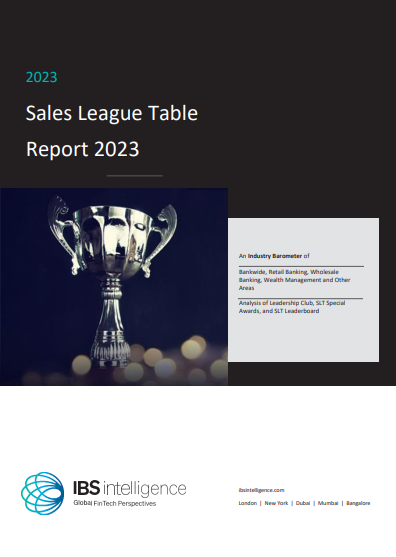
Sales League Table Report 2023
Know More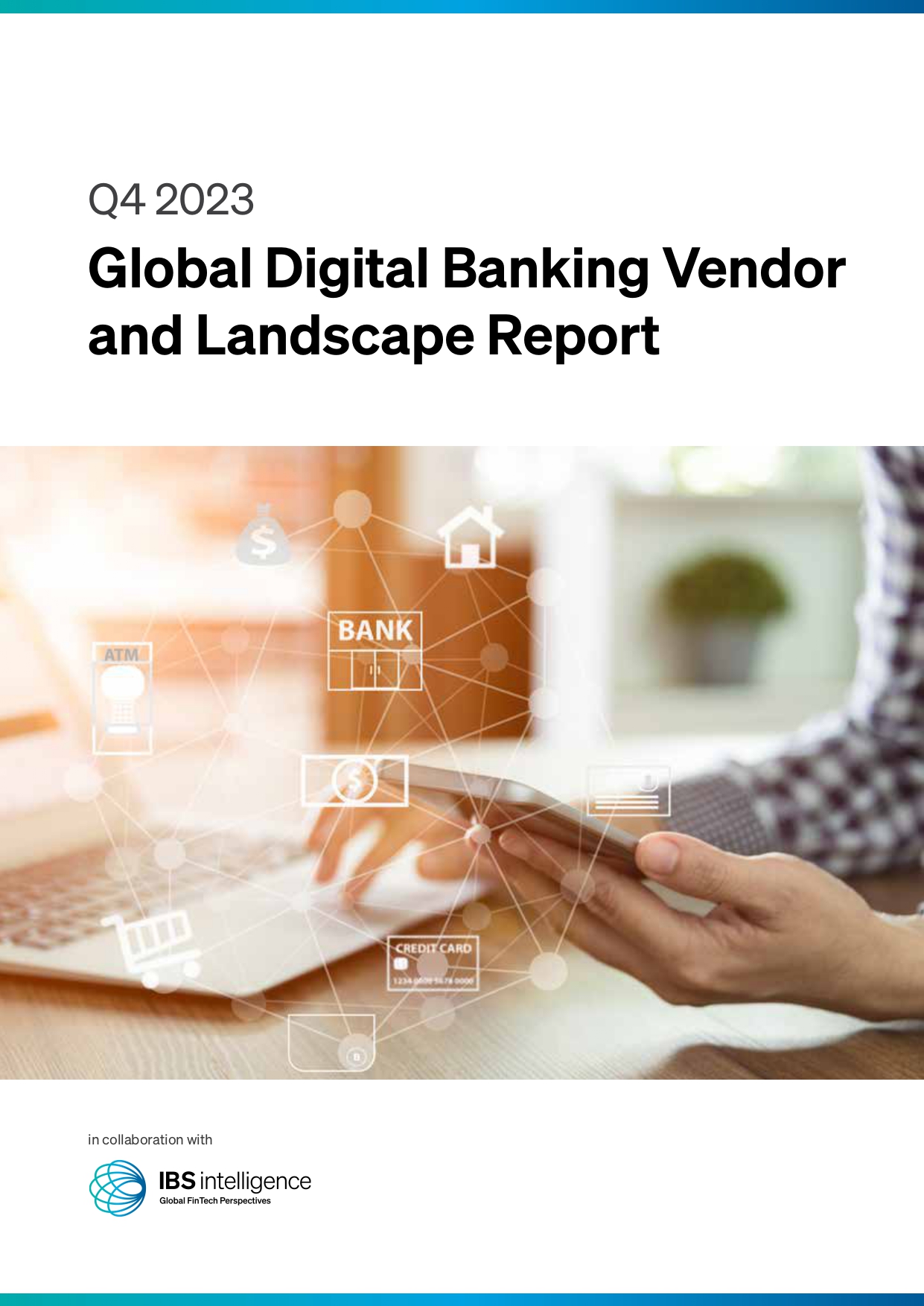
Global Digital Banking Vendor & Landscape Report Q4 2023
Know More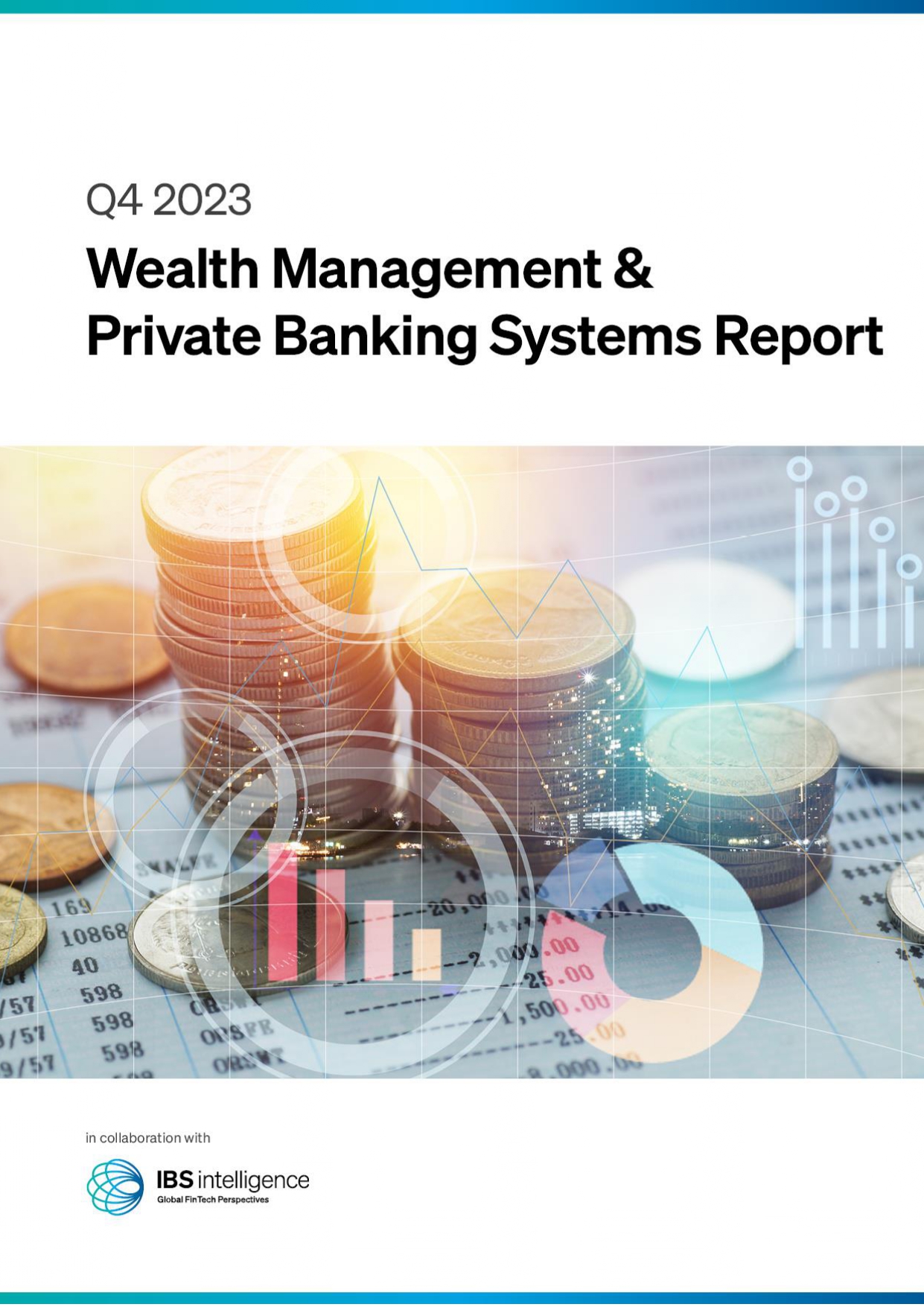
Wealth Management & Private Banking Systems Report Q4 2023
Know More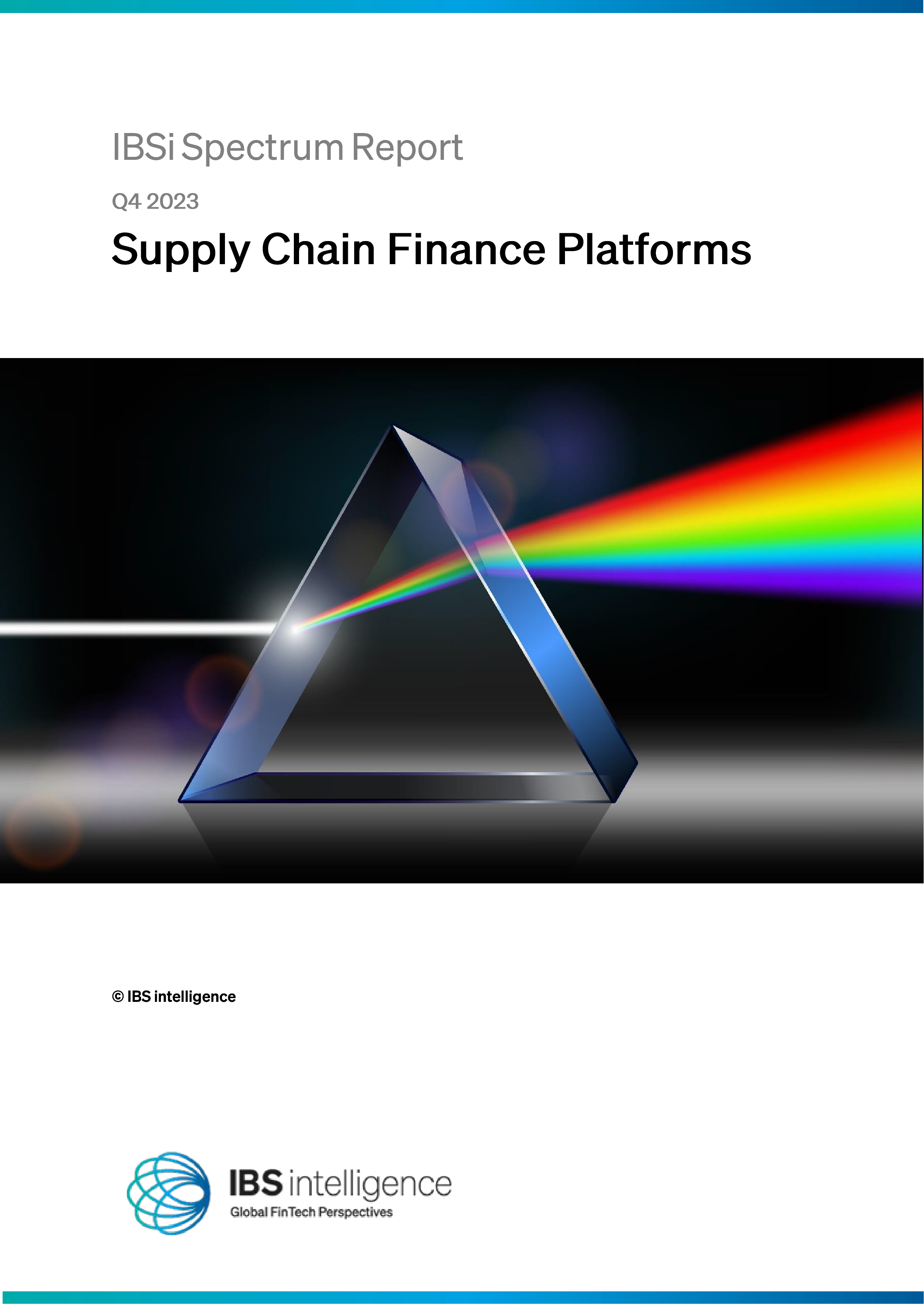
IBSi Spectrum Report: Supply Chain Finance Platforms Q4 2023
Know More